The delicate dance of frost across windowpanes has long captivated poets and scientists alike. Ice crystal growth, that mesmerizing phenomenon we call window frost, transforms ordinary glass into ephemeral art galleries each winter morning. These intricate patterns aren't merely frozen water - they're nature's love letter written in crystalline script, a testament to the hidden beauty lurking within physical laws.
Meteorologists explain that window frost forms when moist air contacts a surface below freezing point, but the process behind those feathery branches involves astonishing complexity. As water molecules surrender their thermal energy to the cold glass, they arrange themselves into hexagonal lattices - a molecular waltz dictated by hydrogen bonds. The initial crystals act like architectural pioneers, their growing edges altering local humidity and temperature to guide subsequent growth in fractal perfection.
What makes these icy blossoms so enchanting is their infinite variability. No two frost patterns ever repeat, yet all obey the same physical principles. The branching structures mirror river deltas, lightning bolts, and even the bronchial trees in our lungs - manifestations of a universal language of pattern formation that scientists call Laplacian growth. When sunlight hits these crystalline masterpieces, prism effects scatter light into rainbows that shimmer like scattered diamonds.
Victorian scientists would document frost patterns using microscopic photography, while Japanese poets wrote haiku about their transient beauty. Modern physics recognizes these formations as examples of emergent complexity - simple rules giving rise to intricate structures. The branching angles typically approximate 60 degrees, reflecting the underlying hexagonal symmetry of ice crystals, but humidity fluctuations introduce delightful imperfections that make each composition unique.
Artists have attempted to capture frost patterns for centuries, from Albrecht Dürer's detailed engravings to contemporary glasswork techniques. Yet nature's original remains unrivaled. The most spectacular displays occur during radiation frost conditions - clear nights when windows lose heat rapidly to outer space. Under perfect conditions, frost feathers can grow several centimeters long, their delicate tips responding to nanoscale variations in the glass surface.
Climate researchers note that changing atmospheric conditions are altering traditional frost patterns in some regions. Increased pollution particles modify crystal growth, while urban heat islands reduce frost frequency. In this context, a perfect frost-covered window becomes not just a scientific wonder, but a weather time capsule preserving atmospheric conditions at a precise moment.
The next time you encounter these frozen masterpieces, pause to appreciate their ephemeral artistry. Within hours, rising temperatures will erase nature's draft - but the memory of those crystalline forests, their branches glittering with winter light, lingers like the most poignant love letter: beautiful precisely because it cannot last.
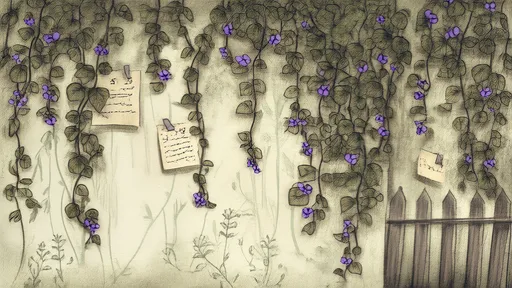
By /Jul 15, 2025
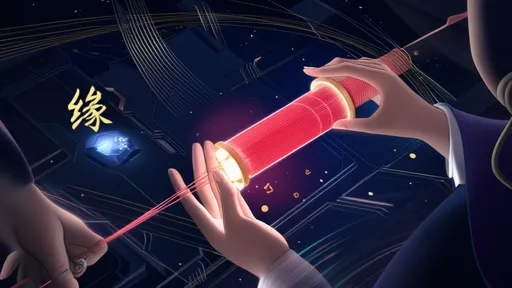
By /Jul 15, 2025

By /Jul 15, 2025

By /Jul 15, 2025
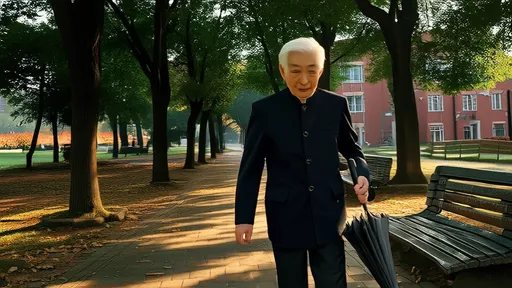
By /Jul 15, 2025
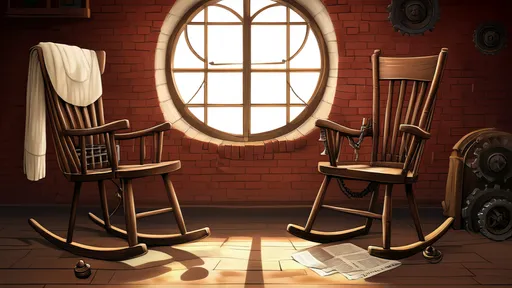
By /Jul 15, 2025

By /Jul 15, 2025
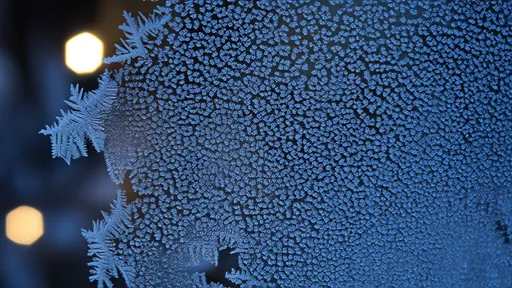
By /Jul 15, 2025
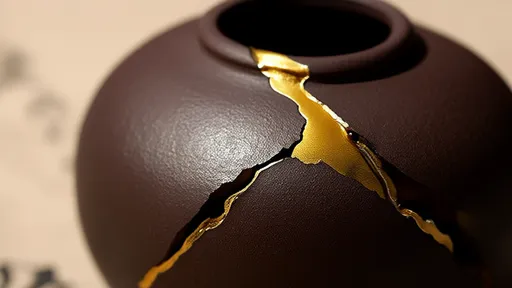
By /Jul 15, 2025
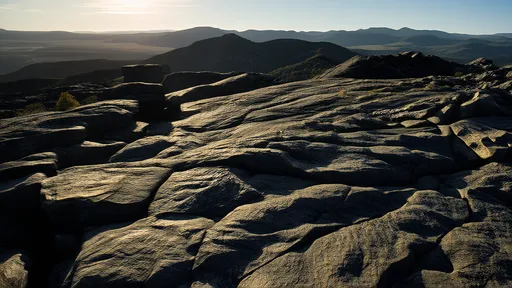
By /Jul 15, 2025
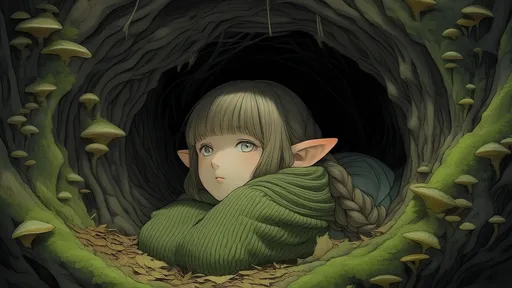
By /Jul 15, 2025
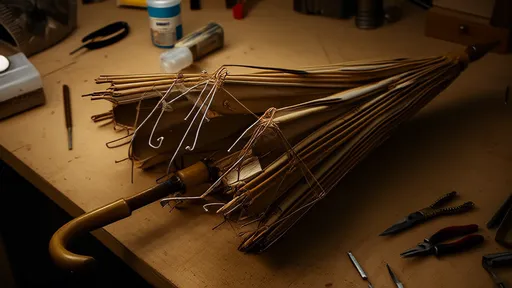
By /Jul 15, 2025
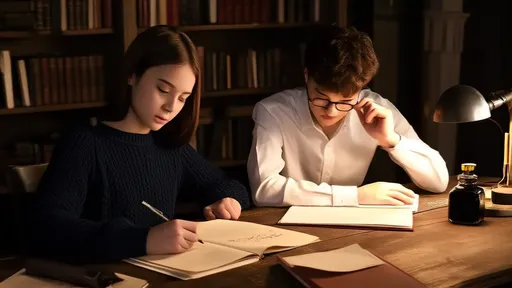
By /Jul 15, 2025

By /Jul 15, 2025
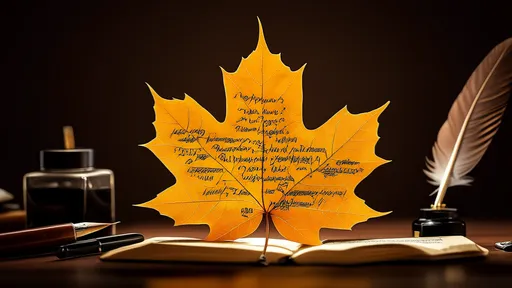
By /Jul 15, 2025

By /Jul 15, 2025
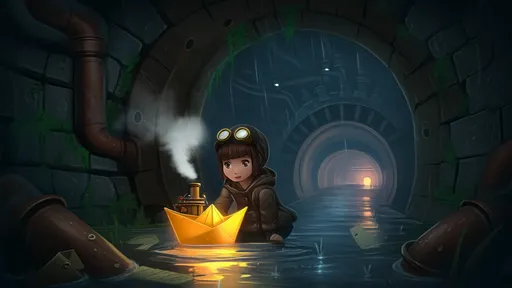
By /Jul 15, 2025

By /Jul 15, 2025